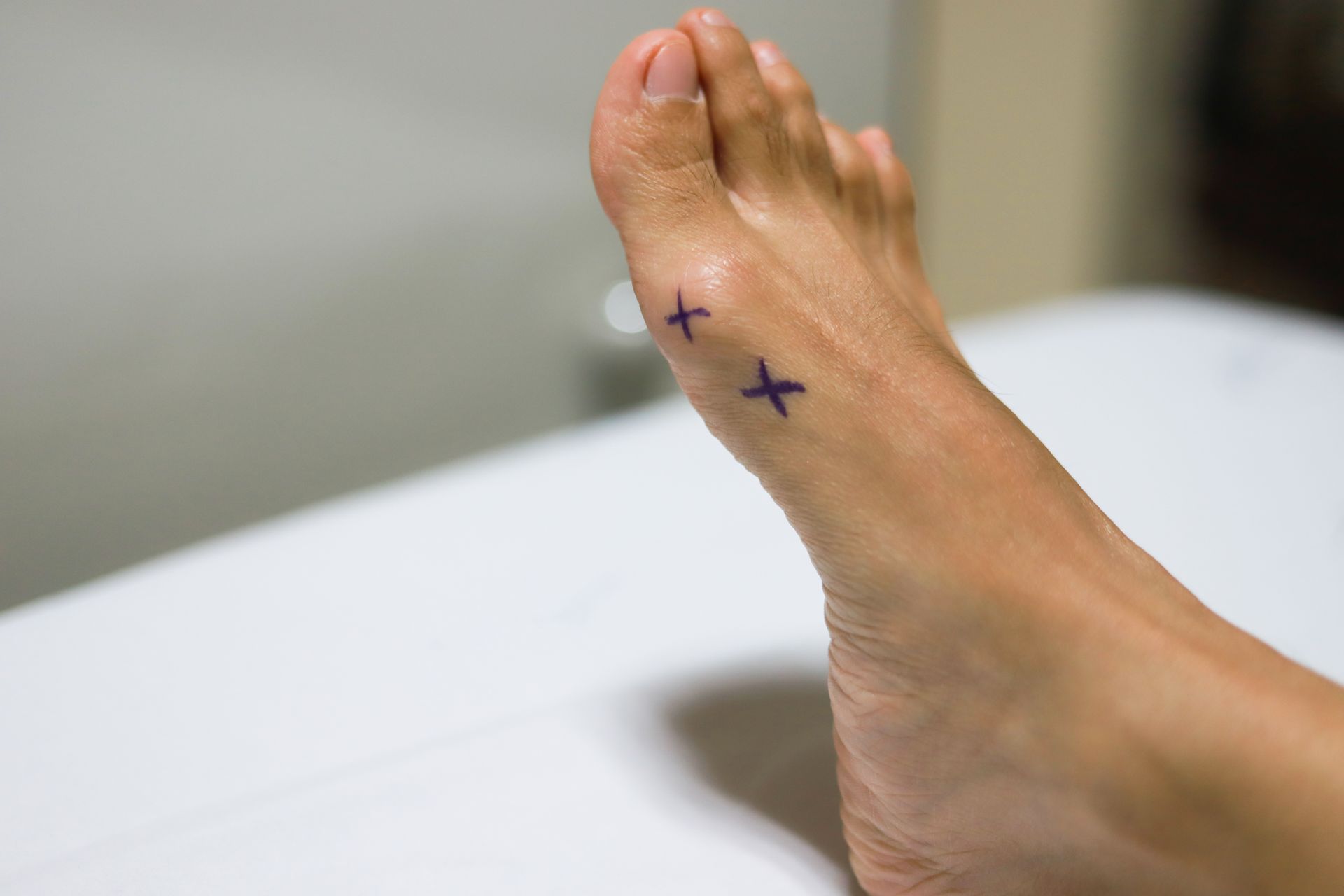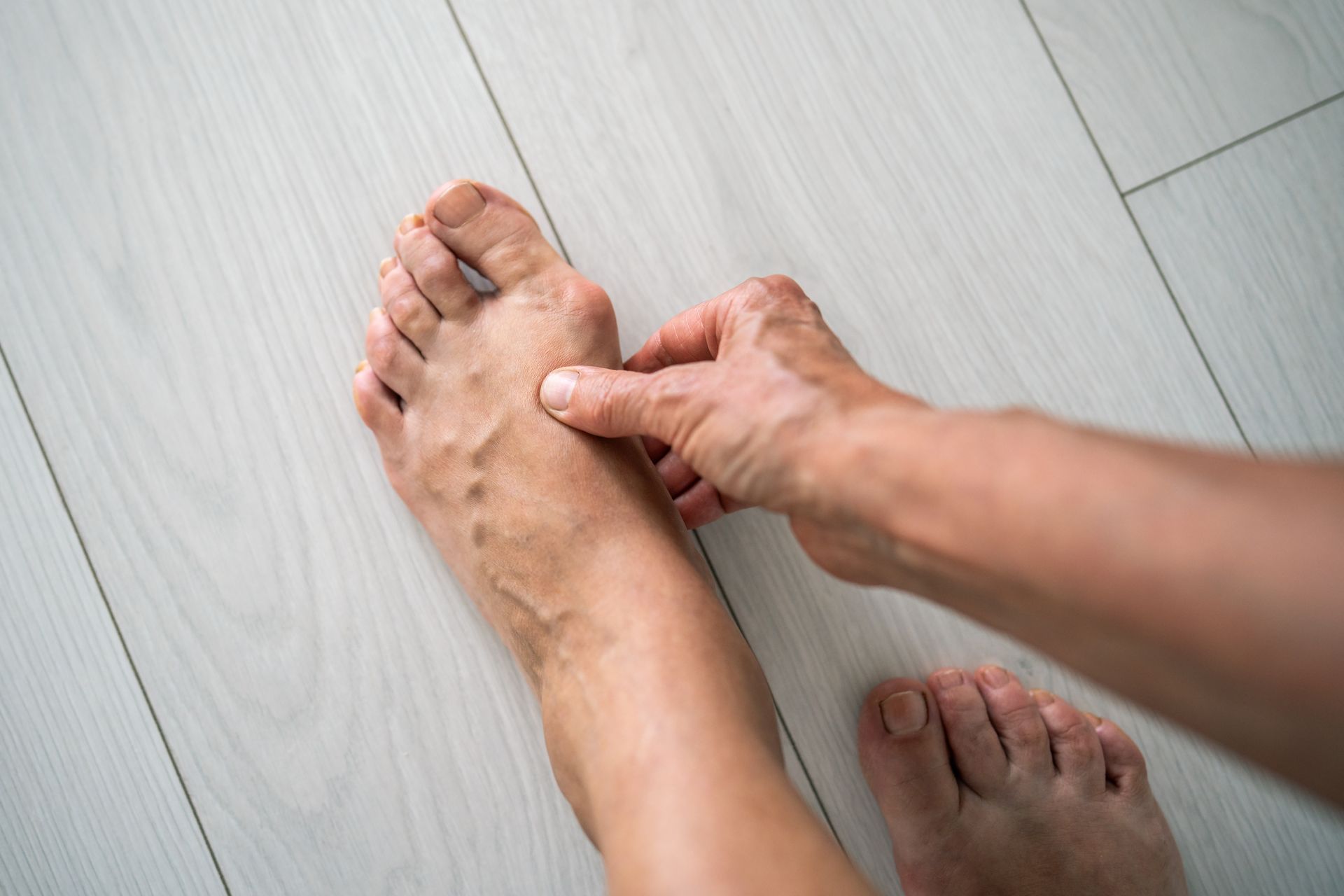Home Remedies for Ingrown Toenails
An ingrown toenail occurs when the tip or corner of a nail becomes embedded in the skin on the side of the toe. The big toe is the most common toe for ingrown nails. Symptoms include localized pain and redness. As an ingrown toenail worsens, drainage, pus, and infection can develop. Picking at toenails, clipping the nail too short, trauma, and tight-fitting shoes are common causes of ingrown toenails. Painful ingrown toenails are a source of many visits to podiatrists, but there are a few things patients can try at home to remedy ingrown toenails.
Epsom Salt Soaks for Ingrown Toenails
- Epsom salt helps to decrease inflammation. When added to warm water, Epsom salt soaks can help to dry a draining or irritated nail and to diminish painful symptoms. I do not find apple cider vinegar to be more effective than Epsom salt.
Clipping the Corners of Ingrown Nails
- While it is true that cutting the nail too short can allow a normal nail to become ingrown, clipping out an incurvated corner can give temporary relief and, in some cases, allow the nail to grow more normally. I have not found cutting a V into the center of the nail to be very effective.
Open or Wide-Toed Shoes for Ingrown Toenails
- Some ingrown toenails are caused by tight-fitting or narrow-toed shoes, this can even include compression socks and certain hosiery. Removing the compression or irritation caused by the shoe, sock or hose can take pressure off the incurvated nail.
Topical Antibiotic Ointment to Treat Ingrown Nails
- With minor, localized skin irritation or inflammation, a topical antibiotic ointment such as Bactroban or triple antibiotic can help to reduce the inflammation and allow for healing. I have not found placing cotton under the nail to be helpful, in fact small fibers of cotton can become embedded and create more skin irritation.
When to see a Podiatrist for an Ingrown Toenail
Patients with diabetes and with poor circulation should use caution with home remedies and are at a greater risk for developing a complication. If symptoms fail to improve with home treatments, or if the ingrown toenail worsens to the point of infection, then you should see a podiatrist for definitive care.


